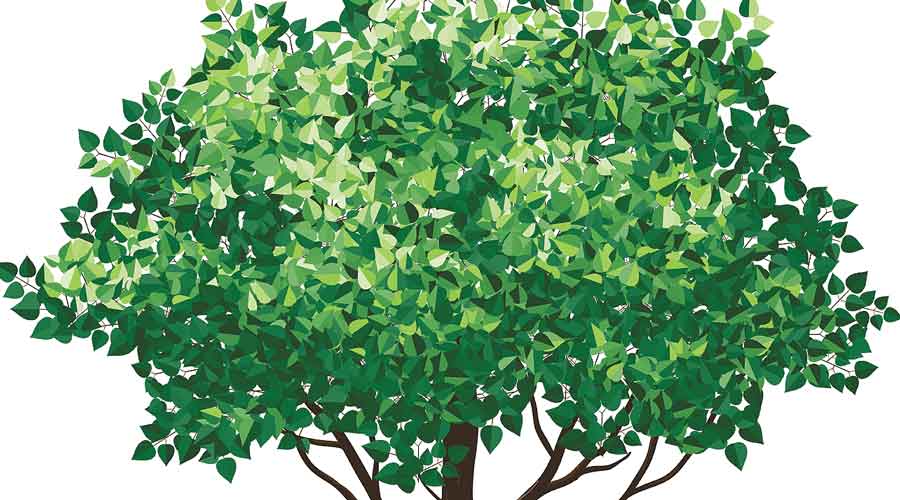Book: The Heartbeat of Trees
Author: Peter Wohlleben,
Publisher: Viking
Price: Rs 499
Our first introduction to nature is usually through trees. A single tree is impressive, but a forest even more so. A plethora of high-quality literature on trees has recently taken root. This includes Sumana Roy’s meditative How I Became a Tree, David George Haskell’s lyrical The Songs of Trees and Richard Powers’s fable-like The Overstory.
Peter Wohlleben has many popular nature books to his credit, including his previous titles, The Hidden Life of Trees, Walks in the Wild and The Secret Wisdom of Nature. It is thus interesting to ask where this leaves his latest offering, The Heartbeat of Trees. In continuation of his earlier works, The Heartbeat interrogates our relationship with nature. This is a literal exploration, in that the author teases apart the physical — our sense of colour, smell and hearing — in various chapters. And it is also a spiritual exploration — Wohlleben’s book aims at winning the reader over for a walk in the wild. He advocates spending time in the forest to reconnect with the human in us who can listen, learn, taste wild leaves and shoots, and feel moved, awash with the fortifying phytoncides given off by trees.
The passages reminded me of imagery in which the forest is a being, rather than a habitat. “A mangrove forest is a universe unto itself... There are no towering, vine-looped trees, no ferns, no wildflowers, no chattering monkeys... Mangrove leaves are tough and leathery, the branches gnarled and the foliage often impassably dense. Visibility is short and the air still and fetid. At no moment can human beings have any doubt of the terrain’s utter hostility...” writes Amitav Ghosh in The Hungry Tide. Wohlleben writes in German, and what we read is a translation by Jane Billinghurst. He is not an author to be read for literary prose; rather he has perfected the bringing together of personal experience and the recounting of scientific studies to show us his world. He arrives at a sense of wonder at the forest, but only after walking through the tunnel of science. Eschewing esotericism, he peppers his writing with evidence and studies. A vine that mimics the leaves of the tree it climbs changes the shape of its leaves when it has a new host to lean on; this, Wohlleben says, could be proof that trees can see. Bog orchids mimic the smell of humans so mosquitoes can pollinate them. More urgently, he writes about trees and us: “We share a world, and if they thrive, so do we.”
Although there is much to like in this book, I preferred his previous offering, Walks in the Wild. Walks had a raw, immersive quality that The Heartbeat lacks, perhaps because it feels too much like a template being reused by the author. (He makes clear with appealing honesty that proceeds from his books go towards nature-related programmes, and also mentions the need to change perceptions through such work.) Many of the studies cited here are German and the snow-swept coniferous trees mentioned are alien to us. So are the problems. In India, trees and forests are the first to go for flyovers, dams, mines or metro lines. In Wohlleben’s Germany, the chief concern is replacing plantations with old-growth or natural forests and letting trees grow slowly without pruning or artificial fertilizer.
But I recommend this book. It is best read as an exploration of curiosity. Allow it to seep in and take note of its simple, powerful idea of what roots us to our world — our connection to nature. And as forests are civilizations in themselves, I would be most interested in reading Wohlleben’s writings after he has sauntered through Asian forests.










